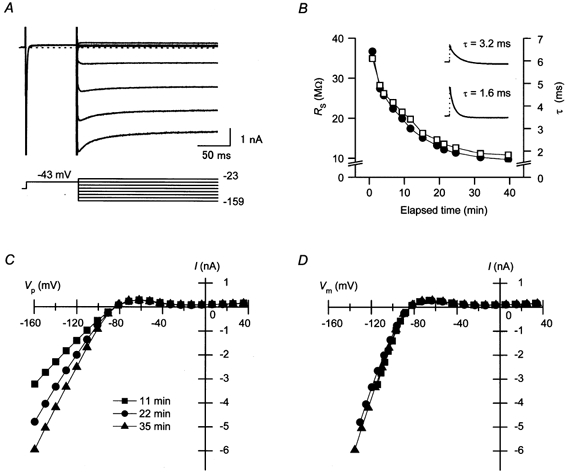Figure 1. IK1, a major repolarizing current in the cardiac action potential (AP), recorded from a guinea-pig ventricular cell using the amphotericin B perforated-patch method.

A, representative current traces obtained using the perforated-patch method. Currents were recorded about 35 min after obtaining a gigaseal. The external solution contained nicardipine, chromanol 293B and E4031. Currents recorded using voltage pulses from −159 to −23 mV in about 20 mV increments are superimposed. The holding potential was kept at the resting potential (−84 mV in this cell). B, changes in series resistance (RS, □) and the time constant of the capacitive currents (τ; •) during the experiment. Time zero indicates when a gigaseal was obtained. Compensation for RS was not performed using the patch-clamp amplifier to obtain these data. The inset shows examples of the fitting of a single exponential curve to the capacitive currents. The time constants of the exponentials are indicated on each trace. C, current-pipette potential (I–VP) relationships of the currents recorded as shown in A, at about 11 min (▪), 22 min (•), and 35 min (▴) after obtaining a gigaseal. The amount of RS compensated using the patch-clamp amplifier (CEZ-2300) was 6.5 MΩ. D, current-membrane potential (I–Vm) relationships transformed from the I–VP relationships shown in C. To obtain these relationships, the remaining RS-related voltage errors were calculated using the RS values shown in B.
